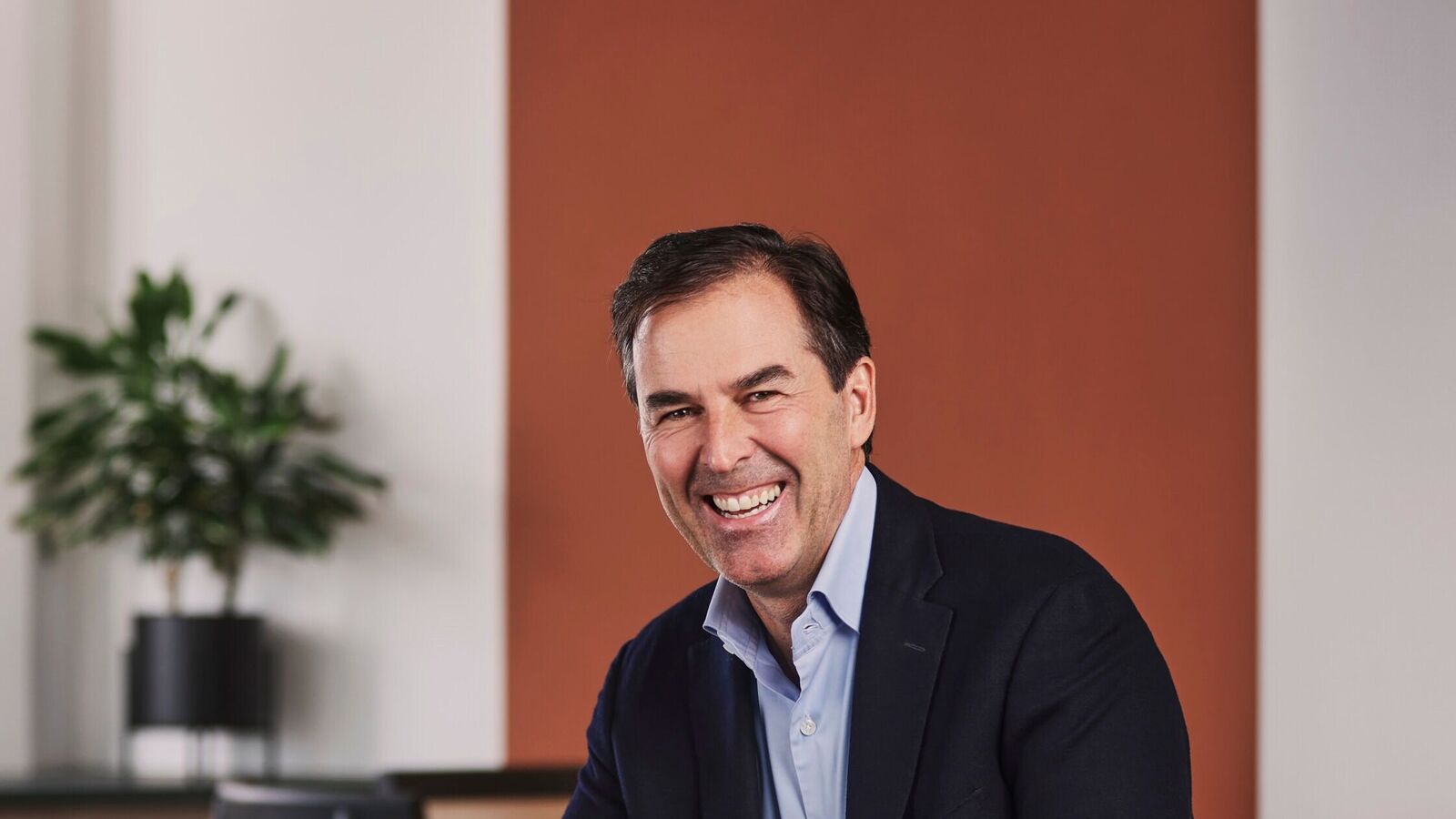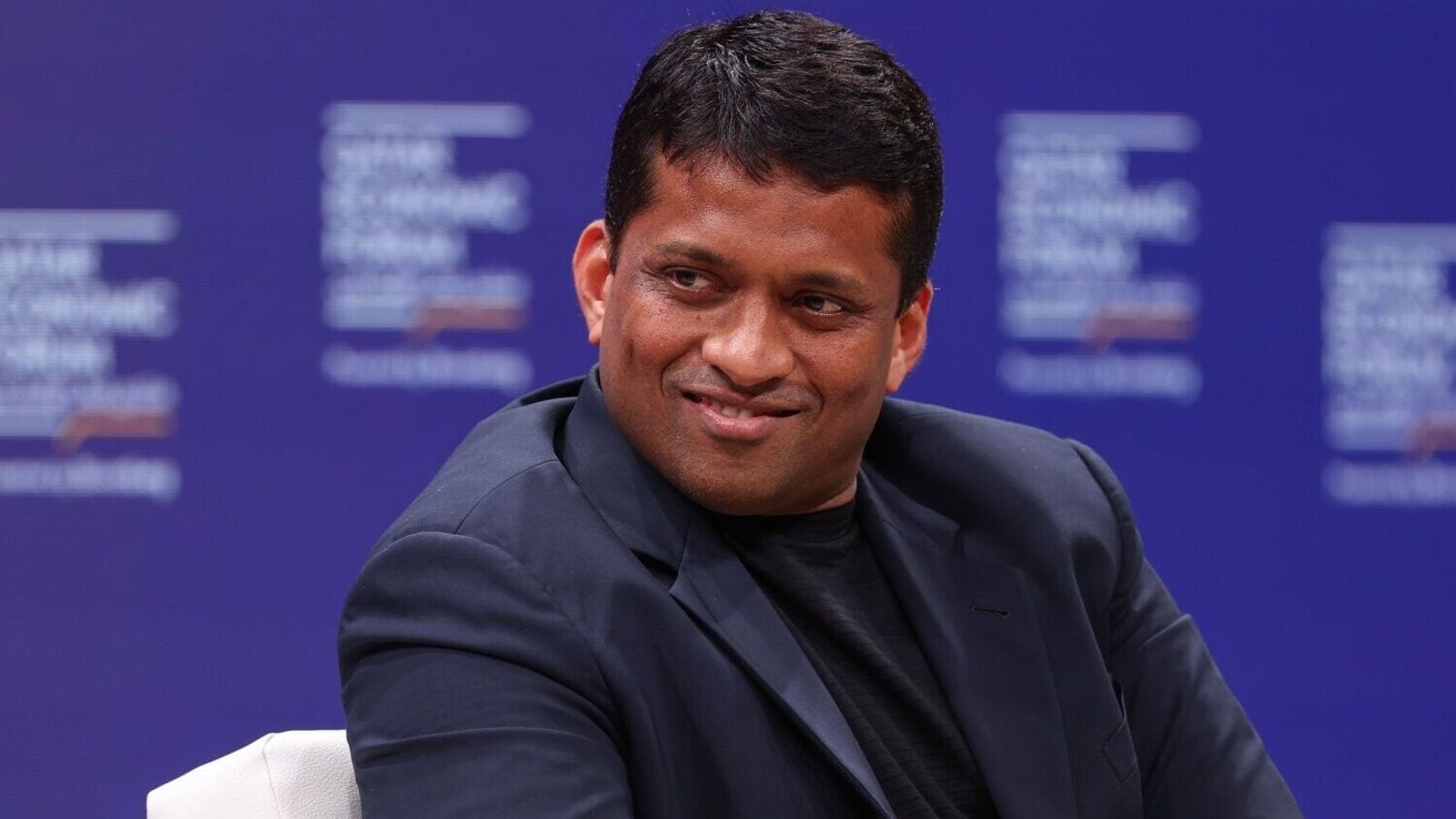According to John Mangelaars, CEO of Skyscanner, policy decisions across the world – rather than technology alone – will drive changes in the sector. In an interview withMint during his visit to India this week, Mangelaars advised against over-reliance on AI.
He said the trip experience for a traveller is still broken because flight and car bookings, for instance, are largely done on separate platforms, and this is not something that AI can fix.
“What is really broken is not so much the way we book it, I think, the way we experience it. When you see the number of people using AI today, like to explore and plan and get ideas for their travel, that’s where AI is very strong and can really help with that, like tailoring the information, but AI cannot help solve things like degrees of separation and ease of travel. That needs to come from policy,” Mangelaars said.
He said India is a focal point in this evolution as the country’s population, led by millennials, is increasingly opting for flights over trains and is eager to explore destinations abroad.
“Our learnings from the pandemic are that people want to travel more, just like what we see happening in India, especially the millennial generation. Just the way they are making a switch from a train to a flight, they also want to travel abroad more. And while they’re willing to spend more money, they also want to have good deals along with a quality experience, they don’t want to go for the cheapest means to travel,” he said.
Skyscanner was started in 2003 in Edinburgh, Scotland, as a flight comparison website. It now is a travel search engine that allows users to search and book flights, hotels, and car rentals. In 2016, the company was purchased by China’s Ctrip, which has since rebranded as Trip.com group. The company makes money when bookings are redirected to travel providers through its platform.
India potential
It does not maintain its own inventory and in India, Skyscanner works with Air India and Indigo, along with online travel agencies such as MakeMyTrip and Cleartrip.
“What I love about India is that Indigo is buying 500 aircraft, Air India is revitalising itself with new aircraft, and 50 new airports are being developed. Hotels are also being built—everything is taking shape,” Mangelaars said.
With 100 million passport holders, outbound travel in India is only just beginning, which is a positive development
However, he said that while these developments present opportunities, India would benefit from a unified vision for its travel and tourism sector.
“You need to do this with (easy) visas and with good hotels and flights and an end-to-end vision. That’s where India has an advantage because infrastructure is being built as we speak. If you miss it now, it’s going to be very hard to fix,” he said.
Skyscanner’s “go everywhere” feature, which shows the cheapest travel options available to a destination at any given time, has become one of its most popular services.
“This is one of our most used services in India as people now want travel ideas and inspiration. So, we’re putting a lot of money into improving it. To make this feature work well, we need to operate on a large scale and use technology like machine learning or AI. We also need proprietary or unique data, so we’ve invested in expanding globally, such as scaling up our office in India. This allows us to build local partnerships, understand travellers better,” Mangelaars said.
…people want to travel more, just like what we see happening in India, especially the millennial generation
However, there are some challenges in the aviation market due to high ticket prices around the world, Mangelaars said. He said airlines charging extra on some routes may lose customers in the longer run.
“While airlines are recovering from covid and rebuilding their finances, if they push prices too high, passengers may switch to other airlines, sign up for loyalty programmes there, and may not return. They might even feel that a stopover is acceptable, especially if it saves them up to 50% of the cost compared to a direct flight,” he said.
Widening choices
The platform’s monitoring system has shown that routes between Malaysia and India offer 15% lower prices and more flight options this year.
“More deals are appearing as new aircraft inventory and new airports are being added worldwide, creating more capacity. While some routes might remain expensive, there will be more alternatives for those locations,” he said.
On global travel trends, he said most regions have returned to pre-pandemic levels, except for the Asia-Pacific area.
“The positive aspect of Asia-Pacific is that people are very loyal to the region, choosing to travel within it. Interestingly, India stands out as different. The country’s outbound travellers are still relatively small compared to domestic figures, with around 30 million travelling abroad versus 79 million taking domestic flights. With 100 million passport holders, outbound travel in India is only just beginning, which is a positive development,” he said.
Skyscanner’s revenue has grown 30-40% from pre-covid levels due to its investment in market recovery, deals, and travel inspiration features. It had laid off about 20% of its workforce during the pandemic due to the absence of travel.









Leave a Reply